Rich History of Black Settlement Spans Over 400 Years
The province is home to over 50 historic Black communities, many of which were founded by Black Loyalists, Maroons, and Black Refugees who arrived between the 18th and 19th centuries. This website is part of the efforts of 902 Man Up to document, preserve, and celebrate these historic communities Their stories are not just about struggle, they are about triumph, legacy, and the ongoing fight for justice and recognition.
These communities collectively represent the enduring presence and contributions of African Nova Scotians to the province’s history, culture, and society. They are part of Nova Scotia's deep connection to African heritage and resilience. Despite facing systemic racism, land inequities, and economic marginalization, these communities have preserved their unique culture, traditions, and sense of identity.
Some of these communities are now less populated or absorbed into larger areas, but their historical significance remains pivotal to understanding Black history in Nova Scotia.
Historical Context
- Black Loyalists (1783): During the American Revolutionary War, many enslaved Black people were promised freedom and land in return for supporting the British. Over 3,000 Black Loyalists settled in Nova Scotia, becoming one of the largest migrations of free Black people to Canada.
- Jamaican Maroons (1796): A group of 550 Maroons, exiled from Jamaica after resisting British colonial rule, were resettled in Nova Scotia.
- Black Refugees (1813-1816): Thousands of Black refugees from the War of 1812 were granted passage to Nova Scotia, seeking freedom from enslavement in the United States.
- Pre-Loyalist Settlers (1600s): Individuals of African descent were among the earliest settlers in Nova Scotia, some arriving as enslaved people in the 1600s.
Below is an overview of the 52 historic Black communities in Nova Scotia and the historical context of each community with details such as their founders, geographical location, year of establishment, settlers' occupations, community highlights, high-profile individuals, and significant historical events.
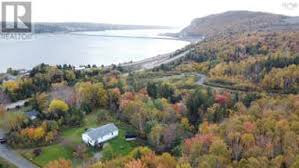
Upper Big Tracadie
Upper Big Tracadie: A significant community of Black Refugees in Guysborough
County. Upper Big Tracadie reflects the resilience of African Nova Scotian farmers
and laborers who forged a strong community in the face of systemic barriers.
Founders: Black Refugees and Loyalists.
Location: Guysborough County.
Year Established: Early 1800s.
Preoccupation of Settlers: Agriculture and forestry.
Known For: Rich cultural traditions. Close-knit community.
High-profile individuals: Community leaders and activists.
Significant Events: Efforts to preserve and promote cultural heritage.
Heritage conservation projects.
Landmarks: Historical cemeteries and homes.
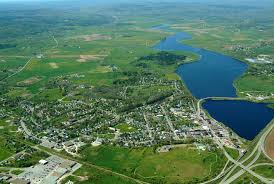
Windsor Plains
Windsor Plains: Windsor Plains demonstrates the interplay between Black Loyalist
settlement and rural development, emphasizing the significance of faith and
education.
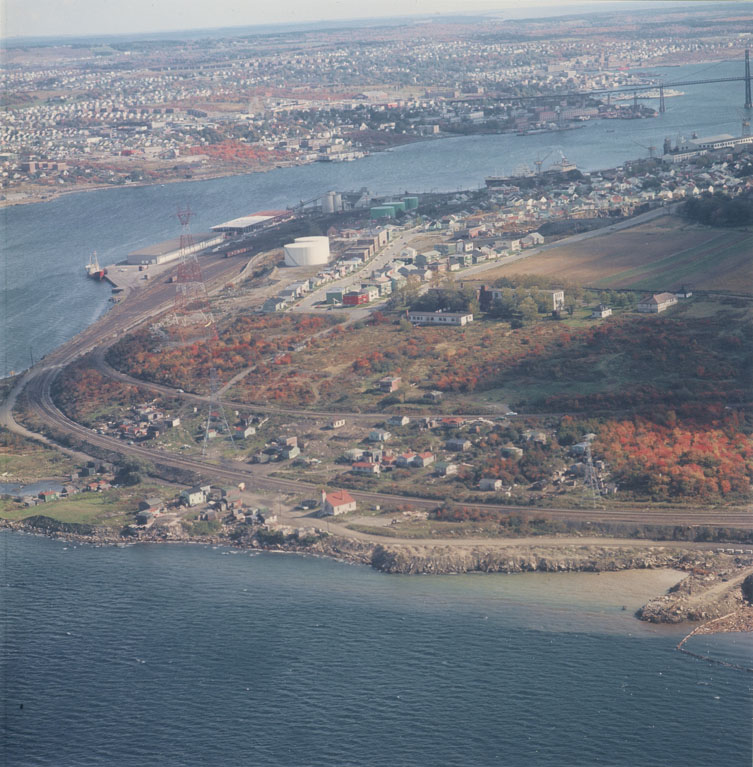
Africville
Africville (Halifax): A vibrant Black community established in the early 1800s, tragically demolished in the 1960s during urban renewal efforts. Africville's history exemplifies the resilience of African Nova Scotian communities in the face of systemic racism, urban displacement, and cultural erasure, serving as a rallying point for civil rights and historical preservation in Canada.
Founding and Early History: Africville was established in the early 1800s by descendants of Black Loyalists and Refugees. Located on the shores of Halifax's
Bedford Basin, the community grew as African Nova Scotians sought refuge from systemic racism and social exclusion.
Key Developments: Africville flourished as a tight-knit community despite the lack of infrastructure and municipal services provided by Halifax. Residents built homes, churches, and schools, most notably the Seaview African United Baptist Church, the heart of the community.
Significant Events: In the 1960s, Africville was destroyed under the guise of urban renewal, with residents forcibly displaced. This event became a symbol of systemic racism in Canada. In 2010, the Halifax Regional Municipality issued a formal apology, and Africville Park was established to honor its legacy.
Legacy: Africville remains a focal point in discussions of racial justice and African Nova Scotian heritage.
Preoccupation of Settlers: Farming, labor, and fishing.
Known For: Once a vibrant Black community, Africville was demolished in the 1960s during urban renewal, sparking a significant civil rights movement.
High-Profile Individuals: Rocky Jones (civil rights leader), Eddie Carvery (Africville advocate).
Significant Events: Displacement and demolition (1964-1970). National apology and park dedication (2010).
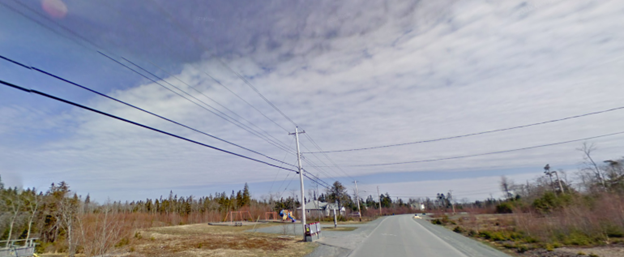
Lucasville
Lucasville: Established by Black Loyalists in the 1800s and still thriving today.
Lucasville represents the successful establishment of a Black Refugee community
that has maintained its cultural and historical heritage while advocating for
recognition and equality.
Founders: Black Refugees.
Location: Near Bedford, Nova Scotia.
Year Established: Early 1800s.
Preoccupation of Settlers: Agriculture and labor.
Known For: Close-knit, multigenerational community.
High-profile individuals: Local historians and educators, Civic
leaders from the community.
Significant Events: Preservation of Lucasville's unique heritage.
Ongoing recognition of historical heritage.
Landmarks: Community churches.
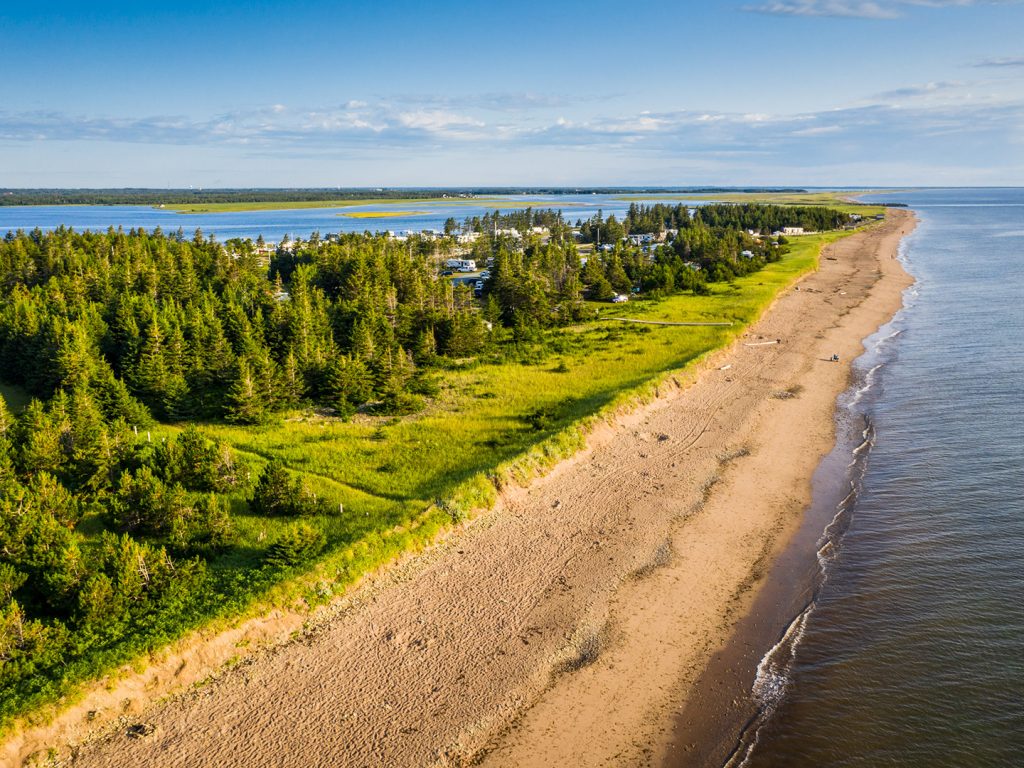
Little Tracadie
Little Tracadie: Little Tracadie illustrates the challenges and triumphs of small African
Nova Scotian communities in preserving their heritage and navigating modern socio-
economic pressures.
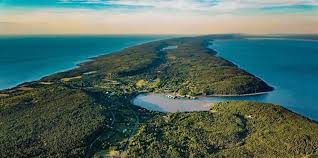
Digby Neck
Digby Neck: Digby Neck emphasizes the importance of maritime livelihoods in the
survival and growth of African Nova Scotian communities.
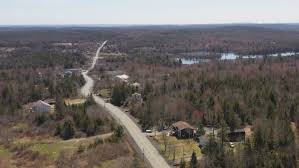
Hammonds Plains
Hammonds Plains: Established by Black Loyalists in 1784, many families remain
connected to the land. Hammonds Plains highlights the persistence of African Nova
Scotians in overcoming marginalization through community-building and the
preservation of historical ties to land despite enduring inequities.
Founders: Black Loyalists.
Location: Halifax Regional Municipality.
Year Established: 1784.
Preoccupation of Settlers: Farming and land clearing.
Known For Historically significant Black churches and schools. Community
resilience despite land deed disputes
High-Profile Individuals: Notable community builders and educators. Civic
leaders in local advocacy.
Significant Events: Land title struggles and community resilience through
systemic racism.
Landmarks: Historical churches.
Significant Events: Struggles over land ownership
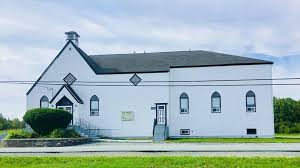
East Preston
The East Preston community and others collectively illuminate the broader narrative of African Nova Scotian history. It is a story of perseverance in the face of systemic challenges and a steadfast commitment to cultural identity and justice. The East Preston community has contributed significantly to Canadian culture, civil rights, and social progress.
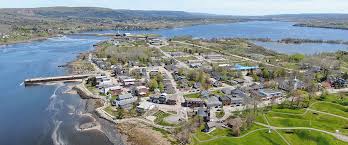
Annapolis Royal
The Annapolis Royal community and others collectively illuminate the broader narrative of African Nova Scotian history. It is a story of perseverance in the face of systemic challenges and a steadfast commitment to cultural identity and justice. The Annapolis Royal community has contributed significantly to Canadian culture, civil rights, and social progress.
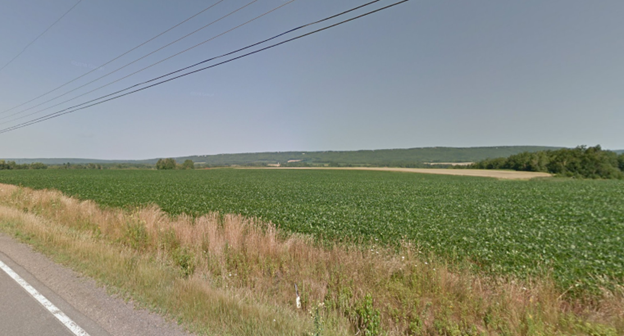
Gibson Woods
Gibson Woods: Gibson Woods highlights the enduring legacy of African Nova
Scotian agricultural communities in fostering self-reliance and cultural pride.
©2025. 902 Man Up. All Rights Reserved.
Thank you!
We will check your location suggestion and release it as soon as possible.

